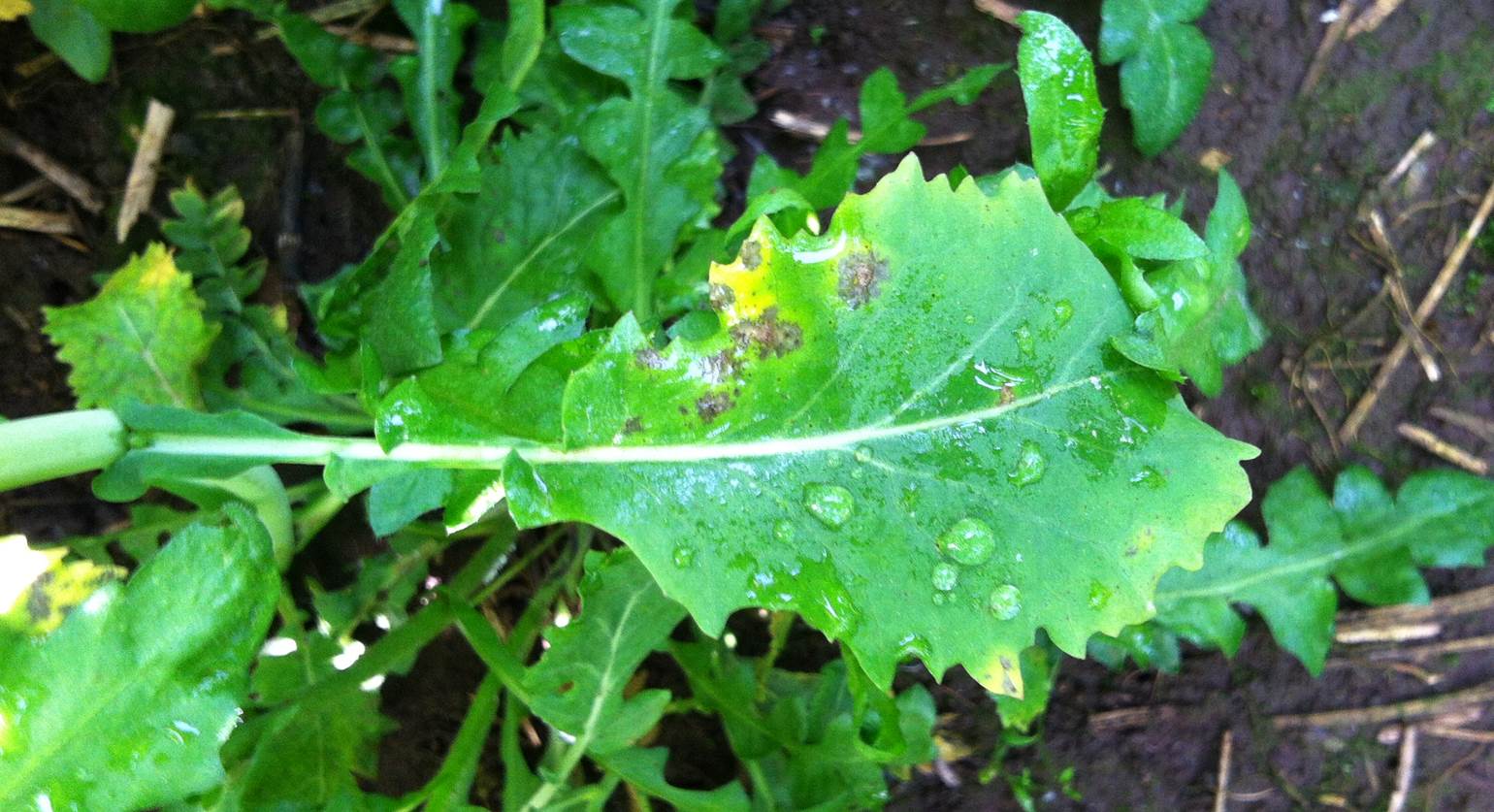
Oilseed rape growers in the North of England and Scotland face a higher risk of light leaf spot than anywhere else in Great Britain.
The autumn light leaf spot (LLS) preliminary forecast shows a relatively large regional variation in disease risk across Great Britain.
Light leaf spot is the most damaging disease to crops in Scotland and in recent years is increasingly being identified as a serious problem in England.
The forecast, which shows the proportion of winter oilseed rape (WOSR) predicted to have more than 25 per cent of plants affected by LLS in the spring, ranges from relatively low risk (13 per cent) in East Anglia to relatively high risk (66 per cent) in the North of England and Moray Firth in Scotland.
Overall, the forecast explains that the risk could be described as ‘moderate’.
Dr Neal Evans, plant pathologist at Weather INnovations (WIN), who puts together the forecast, said: “Last season was fairly strange, with a large LLS epidemic seen in most crops during the winter but the long, dry spring limited transfer to pods.
“As pod incidence is used as a measure of inoculum in the model, this helped limit the overall risk but there are some regional hotspots and it is the field-level risk that counts.”
Dr Neal said: “The research explains why early sown crops are at higher risk from LLS. If not treated appropriately, you can find yourself chasing the disease from day one to harvest.
“Growers should use all the tools to calculate risks and protect their crops accordingly.”
